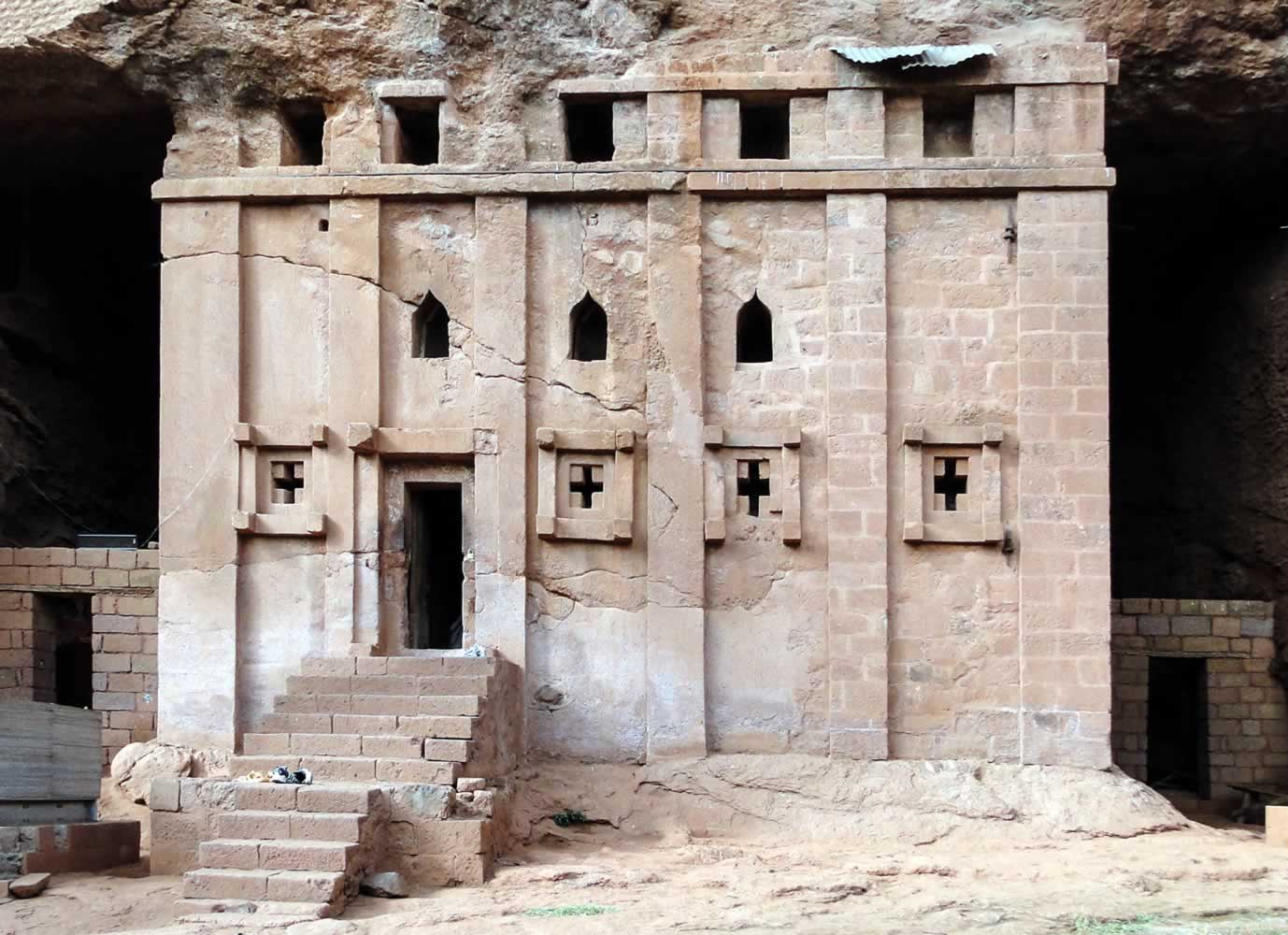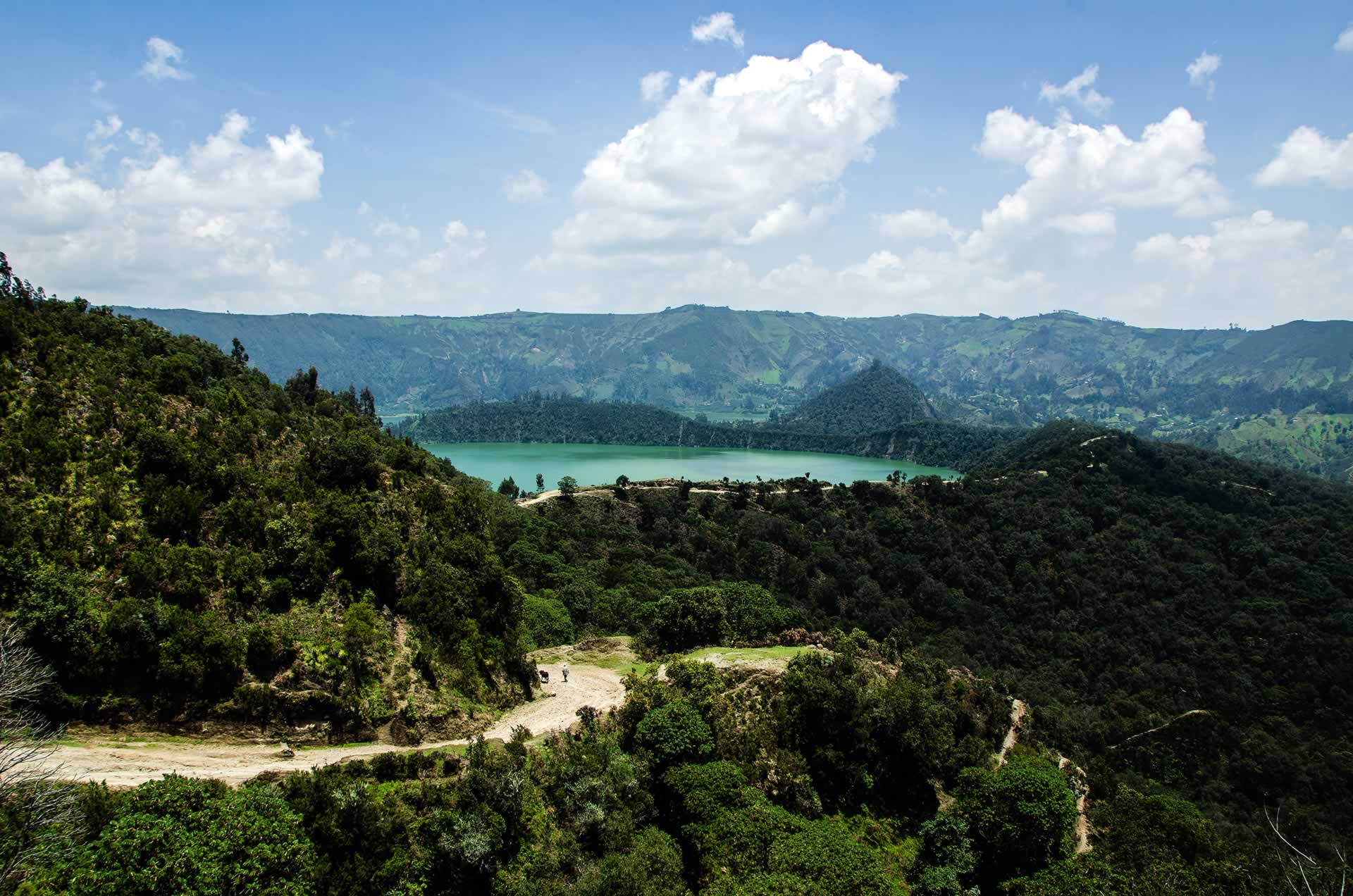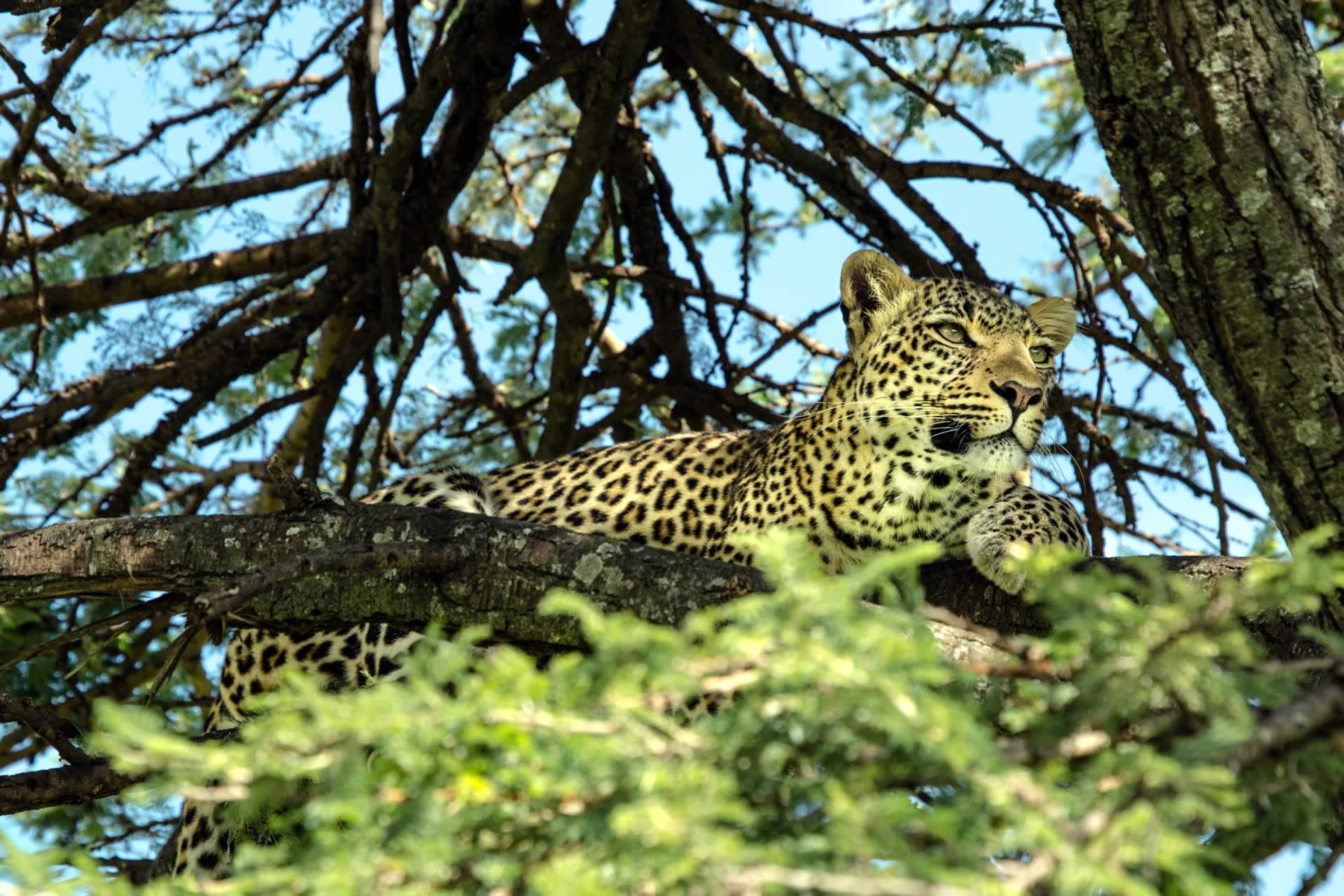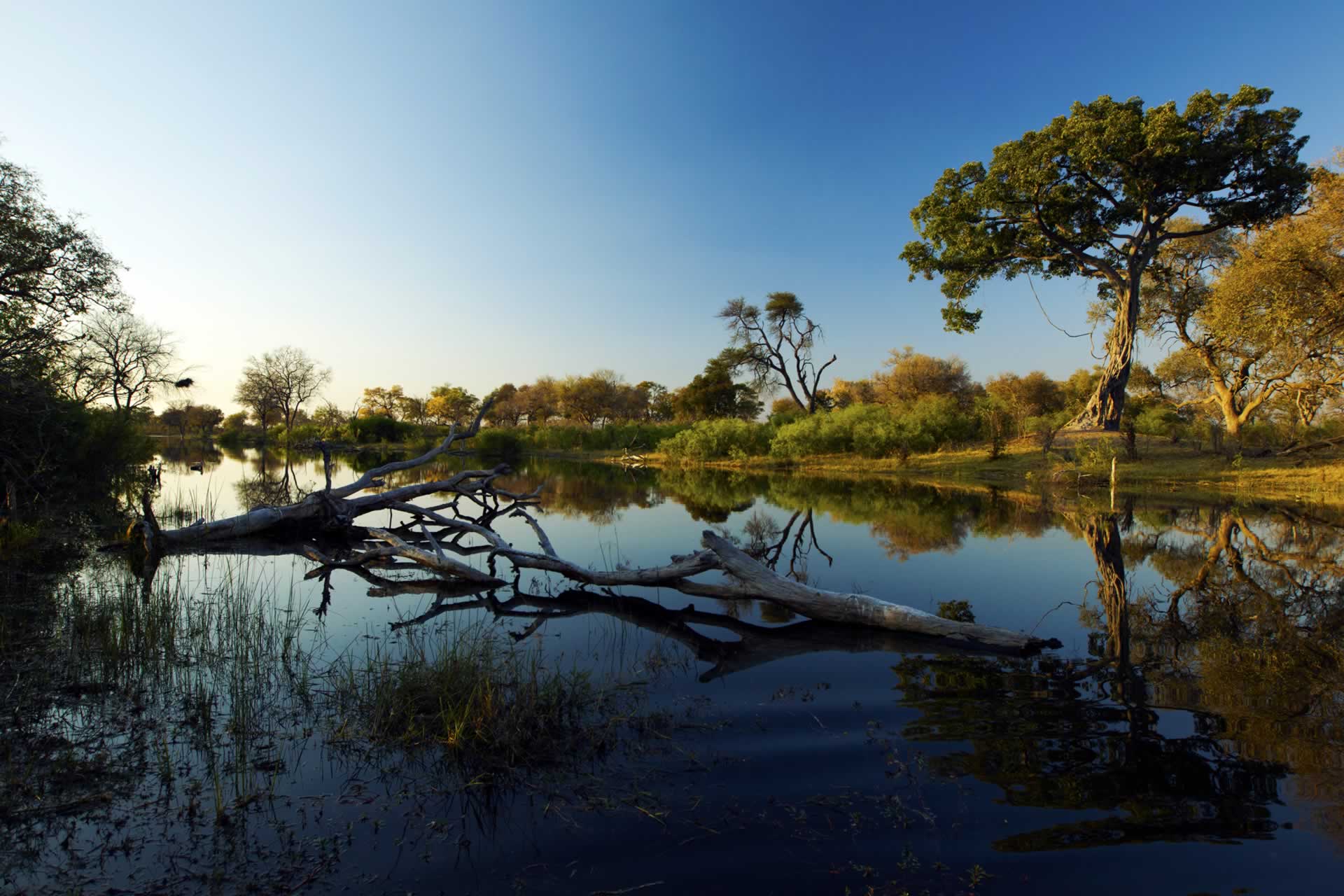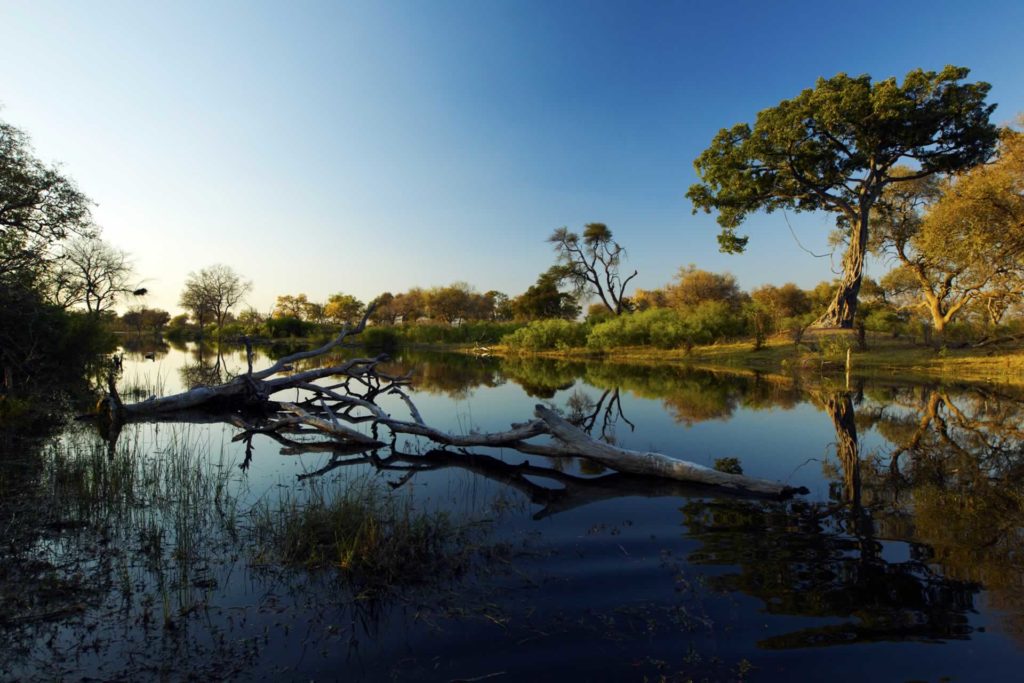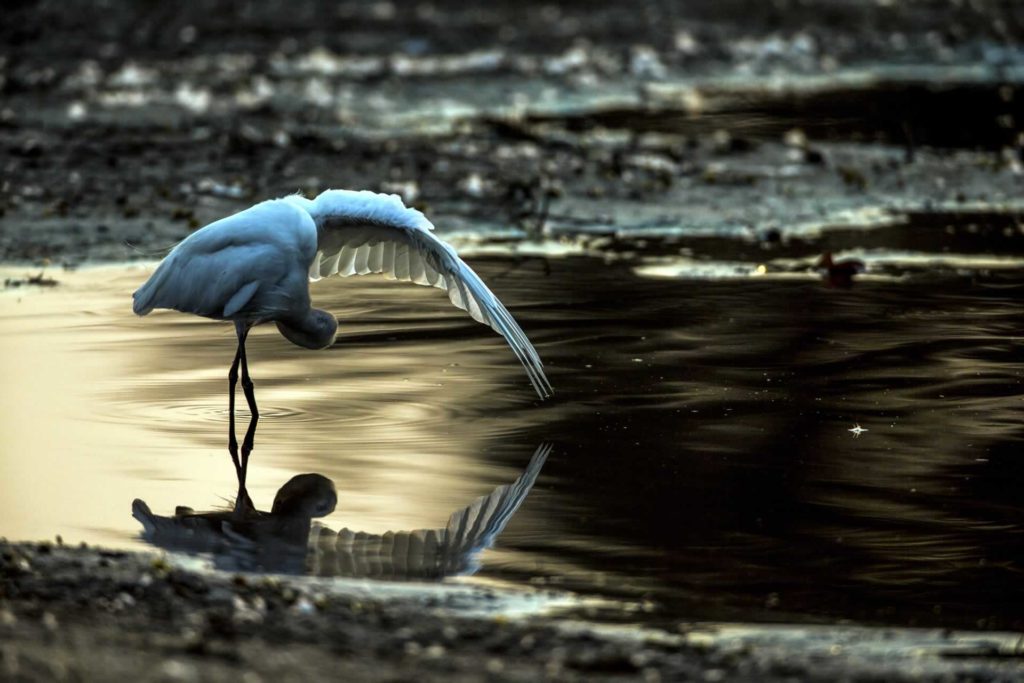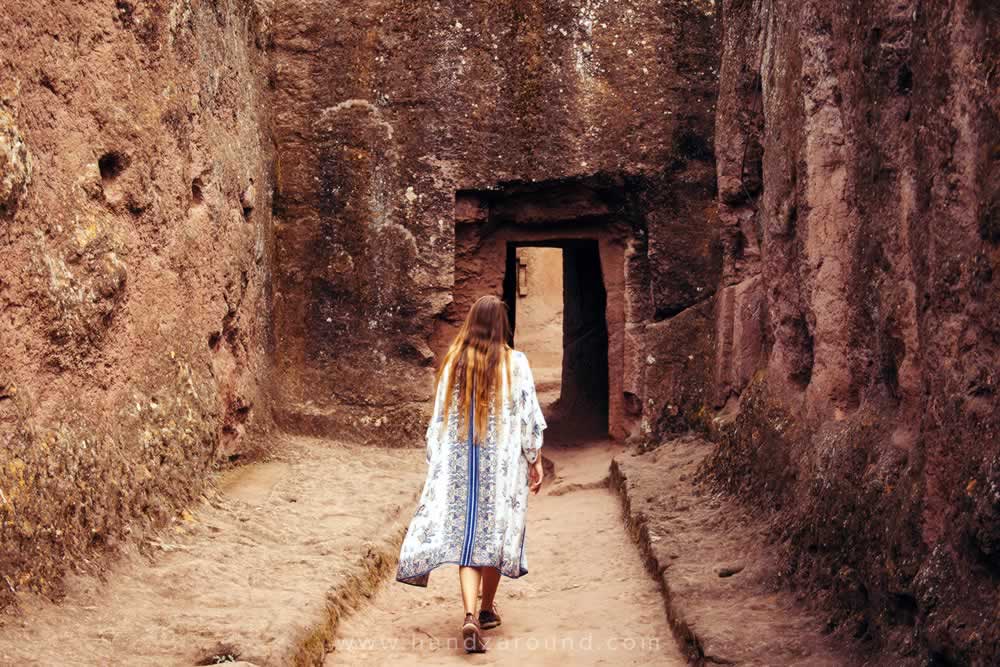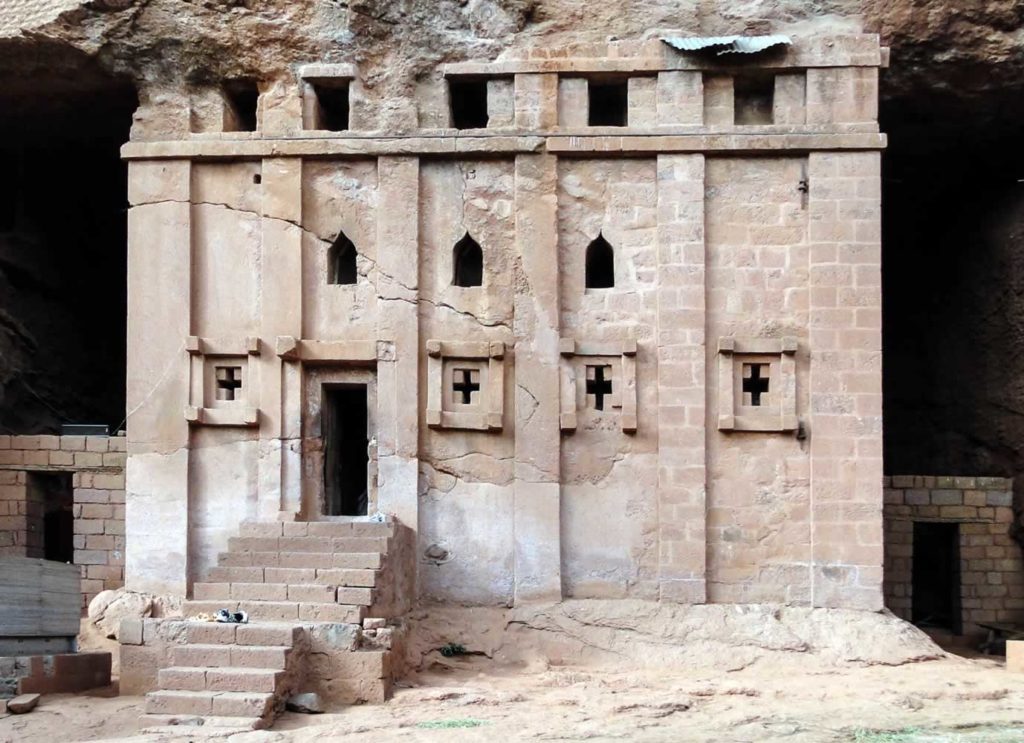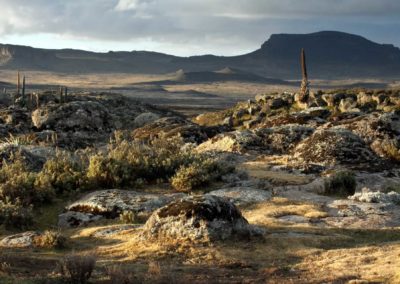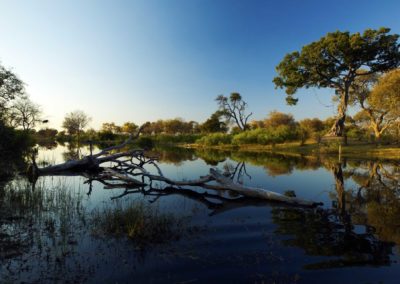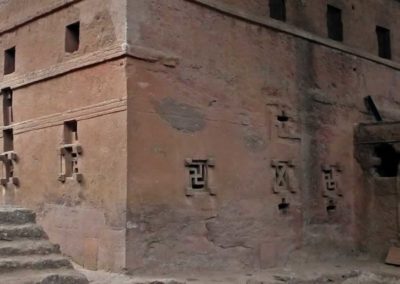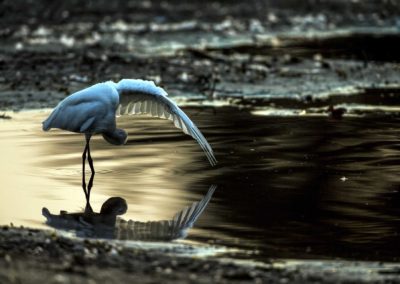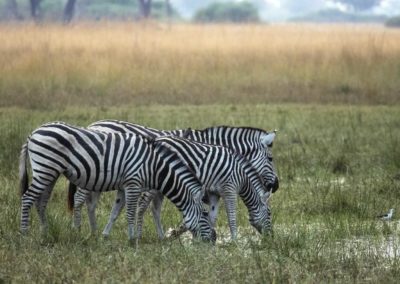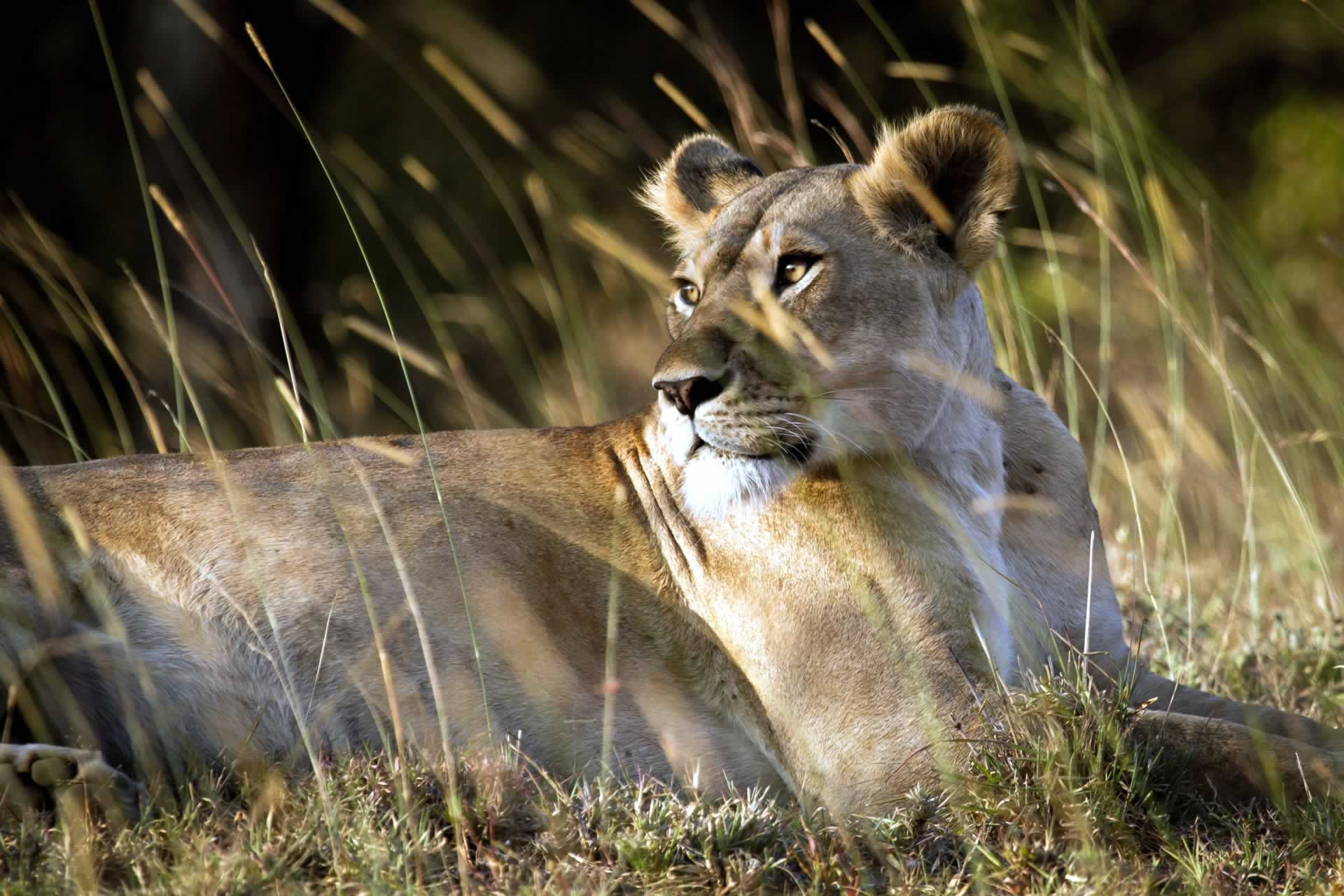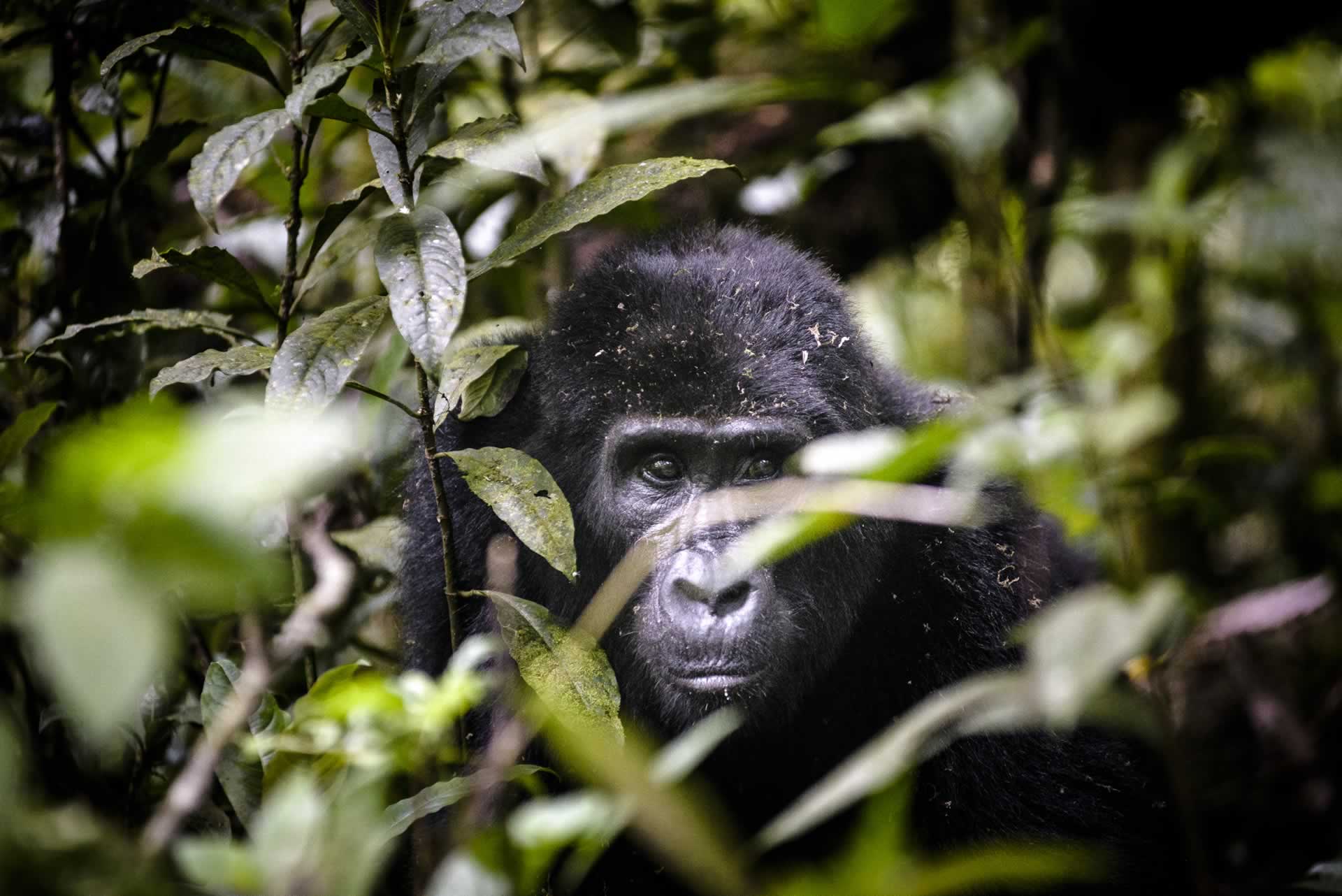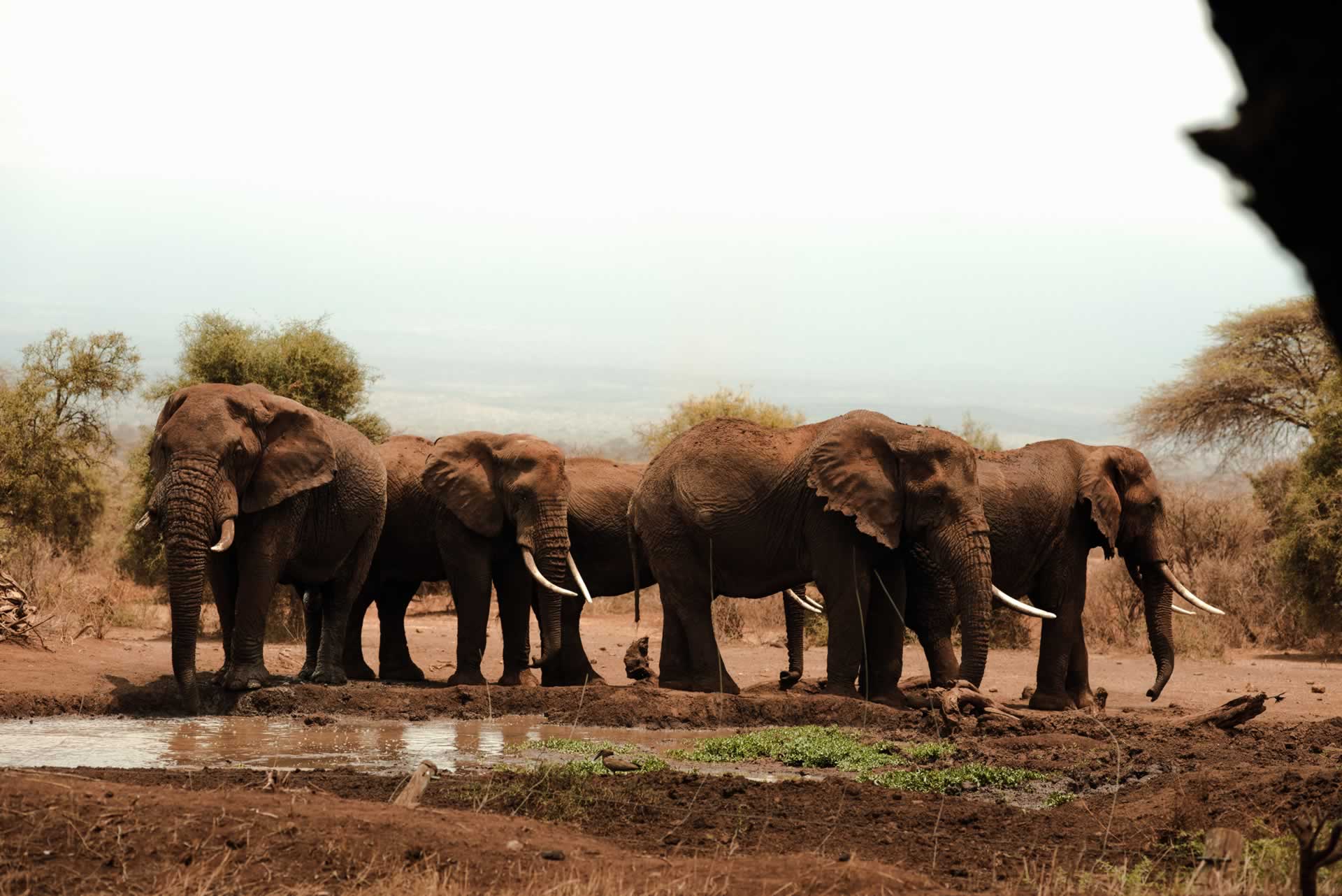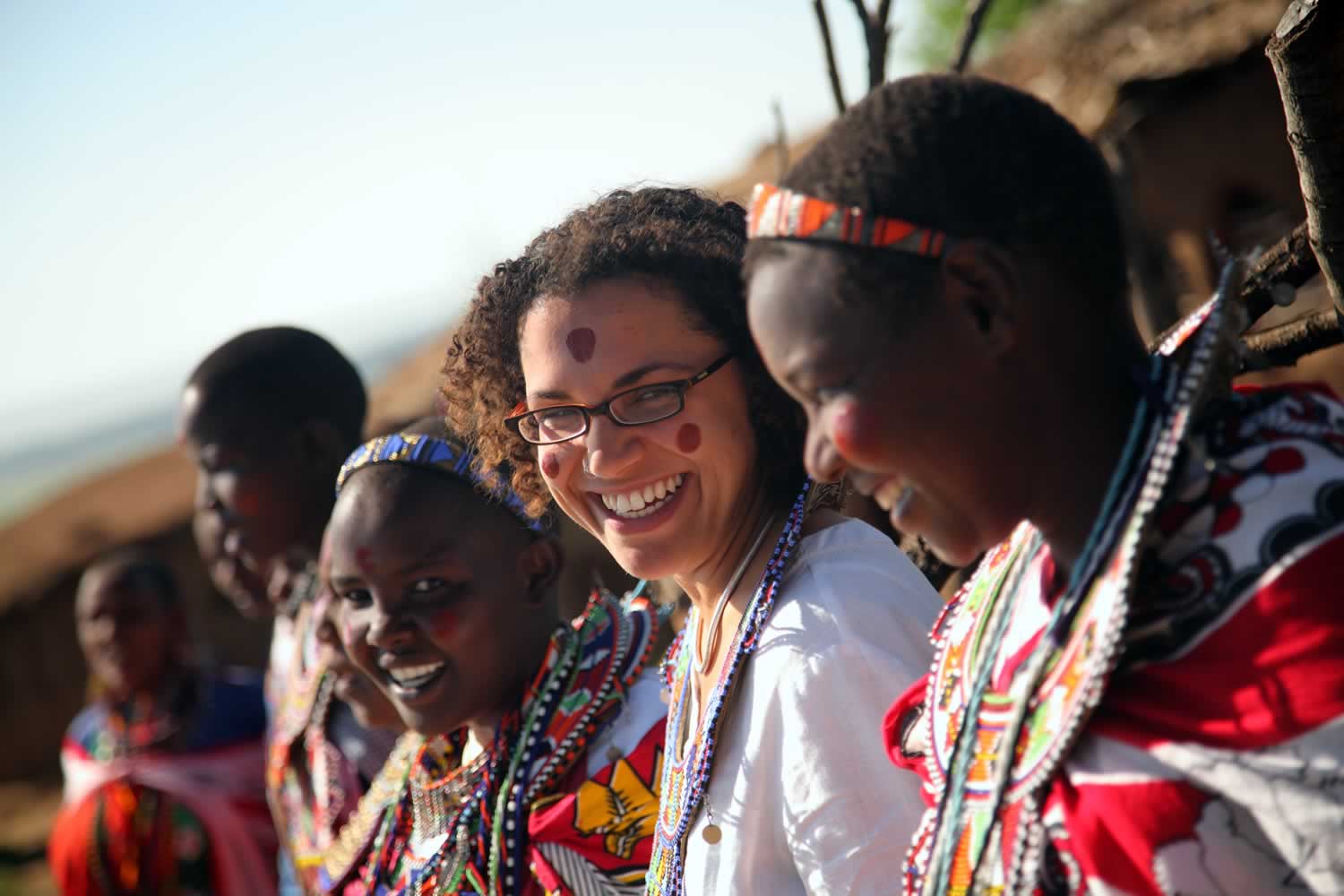Is one of those countries which we have all heard but know very little about. Ethiopian’s ancient orthodox Christianity has endowed the nation with thousands of churches and monasteries, some of them enshrined as UNESCO World Heritage Sites. A succession of empire and kingdoms added medieval forts, palaces and tombs like the Gondar citadel and the towering stone stele of Axum. With so many new hotels and infrastructure improvements, Addis Ababa is ready for the rush. It is a truly unique country to visit with some of the most amazing places on the planet and more UNESCO World Heritage Sites than any other country in Africa. Although many off these amazing sights require an expert guide to find them and are well off the beaten track, they are more than worth the effort of getting there.
More about Ethiopia
Astounding Landscapes
Unique Wildlife
Ethiopia may not be a safari destination. However, this doesn’t mean that it is not endowed with incredible wildlife sightings. In fact, Ethiopia is home to some of Africa’s lesser-known wildlife and even some of the world’s most unique species. These animals include Gelada baboon, mountain nyala, Ethiopian wolf (otherwise known as Simien fox) and the Walia ibex which is a goat that’s found nowhere else in the world. Ethiopia is also an exceptional spot for bird watchers (twitchers). It is blessed with 850 bird species, many of which are endemic to the country.
Breathtaking Historical Gems
Ethiopia is easily one of the best countries to visit for a fascinating ancient architecture trip. All these structures have deep history from the gorgeous Lalibela churches to the famous Gondar castle, the Grat Beal Gebri Ruins to the intriguing Emir Nur Tomb, the country is laden with historical wonders that can dazzle any traveler. Ethiopia has a very rich history and a reputation for being the Cradle of Mankind; the oldest region of human settlement, Ethiopia boasts of an array of incredible ancient structures that are still preserved and even used up to this date. Some of the historical sites that shouldn’t miss on your bucket list are: – Ruins of Queen Sheba’s Palace, Debre Birhan Selassie Church, Awash Valley, Axum City, Gondar Castle, Yeha Temple, Bet Giyorgis Church and St. George’s Cathedral.
UNESCO World Heritage Sites
Diverse Culture
It is even considered an understatement to describe their culture as diverse. Landscapes are unspoiled and truly breathtaking in all aspect; structures are preserved well and even used until now; and most of all, their cultures are genuine and pure. What adds to the experience is that people in Ethiopia are very friendly and vibrant. Plus, Ethiopian cuisine is one for your bucket list!
History & Geography
Ethiopia’s spoken and official language is Amharic and the country shares in rich historical occurrences. The first well known kingdom that rose in Ethiopia by 100 AD was known as Axum. Axum traded with Rome, Arabia and India. Axum became was later on introduced to Christianity in the 4th century AD. In 1923 Ethiopia joined the League of Nations. Then in 1935 Italy brutally invaded Ethiopia. However, in 1941 the British liberated Ethiopia. Emperor Haile Selassie was restored to his throne and was later murdered by communists in 1974. In the early 21st century the economy for Ethiopia started growing rapidly after a new constitution was made in 1995 hence a great future is anticipated for the country.
The size of Ethiopia can compare to that of Bolivia and the major portion of Ethiopia lies in the Horn of Africa, which is the easternmost part of the African landmass. Ethiopia is an ecologically diverse country, ranging from the deserts along the eastern border to the tropical forests in the south to extensive Afromontane in the northern and southwestern parts. Lake Tana in the north is the source of the Blue Nile. The predominant climate type is tropical monsoon, with wide topographic-induced variation. The Ethiopian Highlands cover most of the country and have a climate which is generally considerably cooler than other regions at similar proximity to the Equator. Most of the country’s major cities are located at elevations of around 2,000 – 2,500 m above sea level, including historic capitals such as Gondar and Axum.
What to pack
- Loose layers – long-sleeve shirts, trousers etc.
- A warm fleece, jacket or jumper (Early morning and nights can get chilly).
- Comfortable but sturdy shoes
- Socks (for wearing in temples & churches) and flip-flops for showers.
- Swimming costume (Bathing suit), sunglasses and a hat or baseball cap
- Sunscreen is a must (Comes in handy).
- Toiletries – most camps will provide shampoo, shower gel and soap but if you can, bring a small supply.
- A small torch
- A good pair of Binoculars
- Books or a fully loaded Kindle / iPad
- A water bottle to fetch your clean drinking water from the hotels to avoid the use of single-use plastics.
- Carry biodegradable products e.g. lotions, shampoo
Ethiopia’s major attractions
Safaris in Ethiopia
Ethiopia is one magical destination that has a variety of interesting destinations that one could visit. Ethiopia is not famous as a safari destination and many people would think that travelling to Ethiopia would mean going on a safari. But no, there is more to it than meets the eye. Some of the things you can see in Ethiopia are as follows:
Start planning your truly bespoke itinerary by contacting one of our destination specialists.
Call +254 748 066 021
or

